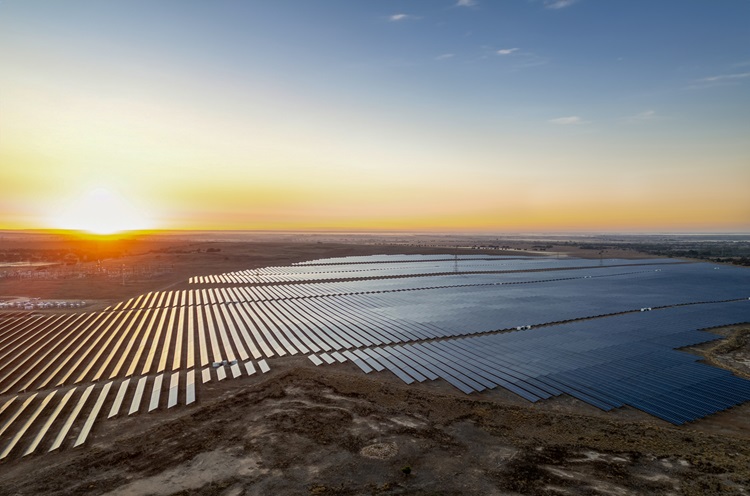
Bunnings progresses towards sourcing 100 per cent renewable electricity

In line with its target of 100 per cent renewable electricity by 2025, Bunnings entered into a renewable electricity agreement with ZEN Energy in 2022. The agreement includes all of Bunnings' large1 sites in South Australia, which collectively make up over 89 per cent of its statewide electricity consumption.
From January 2024, the agreement has been linked to renewable energy generated from the 87-megawatt (MW) Tailem Bend 2 Solar Farm, located approximately 90 kilometres southeast of Adelaide.
Using bifacial solar panels, which enable dual absorption of solar energy, the solar farm is equipped with trackers that optimise energy output by following the sun's trajectory.
Additionally, Bunnings entered into a similar renewable energy agreement with Red Energy in 2022 to supply its large sites in New South Wales and the Australian Capital Territory, representing 99 per cent of their power usage across the state and territory in FY2024.
Commencing 1 July 2023, these sites have been linked to renewable energy and large-scale generation certificates surrendered from the 110-megawatt Sebastopol Solar Farm near Temora, New South Wales. This farm includes 225,000 modules with tracking systems for optimal energy generation.
The Sebastopol Solar Farm covers 248 hectares and demonstrates how renewable energy projects can coexist with livestock grazing. The solar panels, including their supports, stand roughly 1.5 metres above the ground. This height permits sheep to graze freely beneath and around the panels while the solar farm is active.
These agreements represent a continuation of Bunnings’ efforts to consistently demonstrate progress to achieve its renewable electricity target. Currently, 79.6 per cent of Bunnings’ electricity use in Australia and New Zealand is derived from renewable sources.
1 Large sites are sites with electricity consumption that is equal to or exceeds 100 megawatt hours (MWh) per annum.